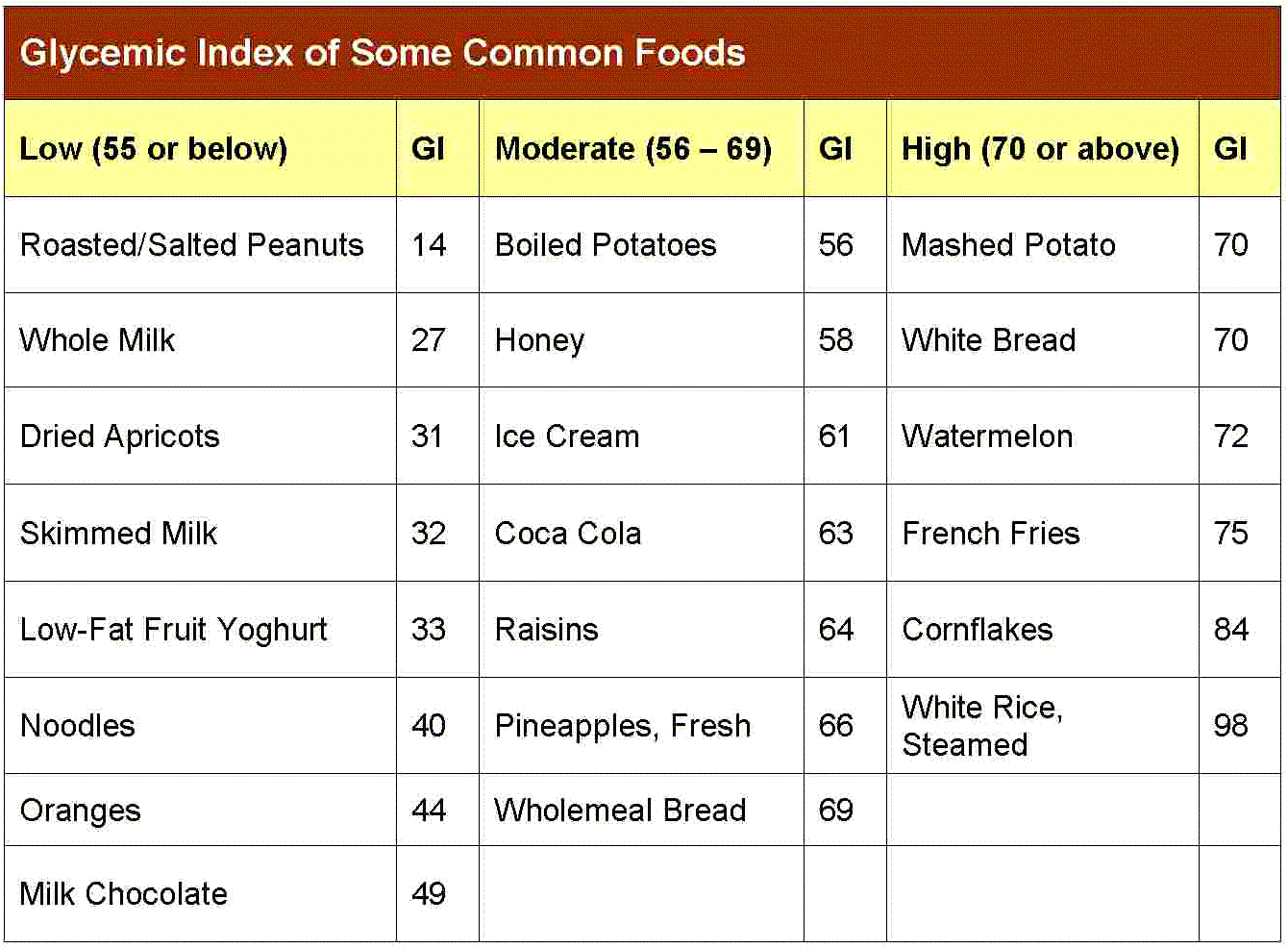Using glucose that has a GI value of 100 as the reference, GI is a standardized system which runs from 0 to 100. Measurement of GI started in 1980s after its invention by Dr. David J. Jenkins of the University of Toronto in 1981.
It is believed that eating carbohydrates that release their sugar content slowly would
- satisfy one’s appetite,
- give good energy levels, and
- hopefully help one to lose weight.
Research shows that it will benefit people with diabetes type 1 and type 2.
There are 3 categories of GI:
- Low GI (55 or below)
- Moderate GI (56 - 69)
- High GI (70 or above)
The table below shows GI values of some common foods.
It is interesting to note that certain foods with low GI value are not necessarily healthy. For instance, roasted/salted peanuts do contain certain amount of salt, while healthy foods that we are advised to eat more are not necessarily of low GI, for example, wholemeal bread.


No comments:
Post a Comment